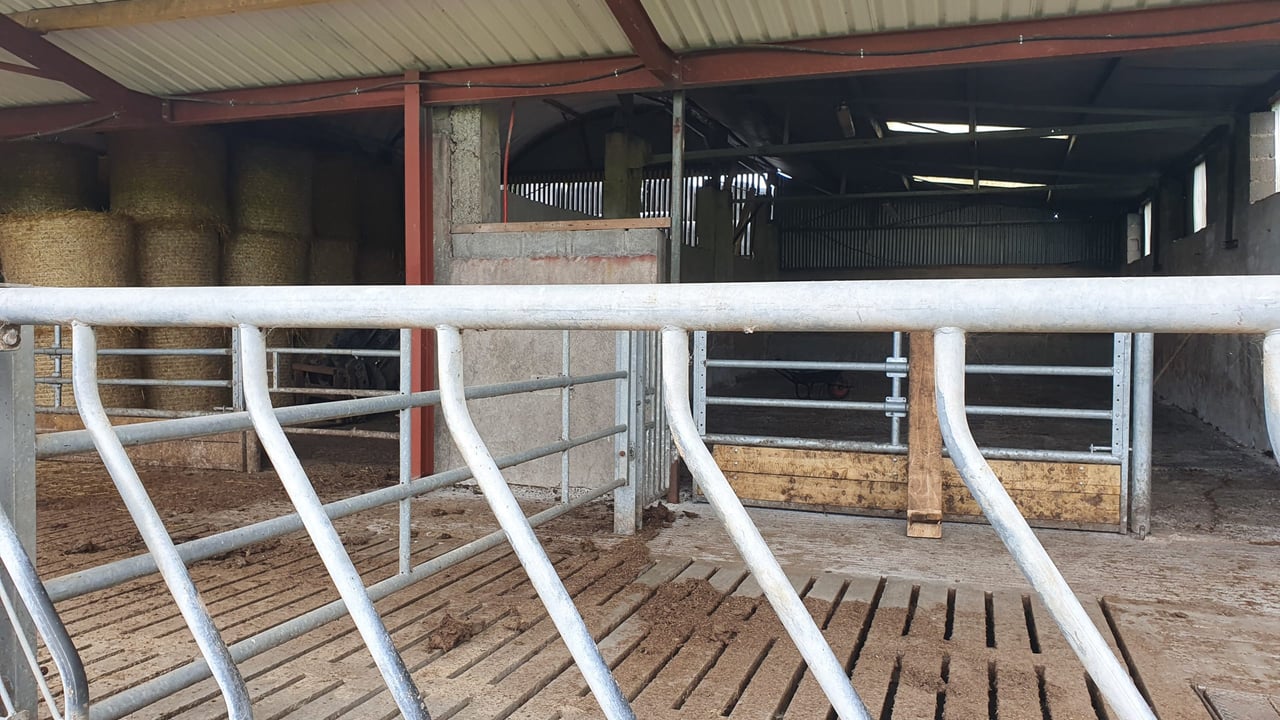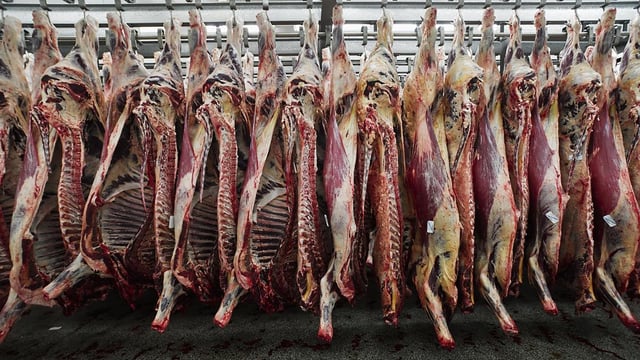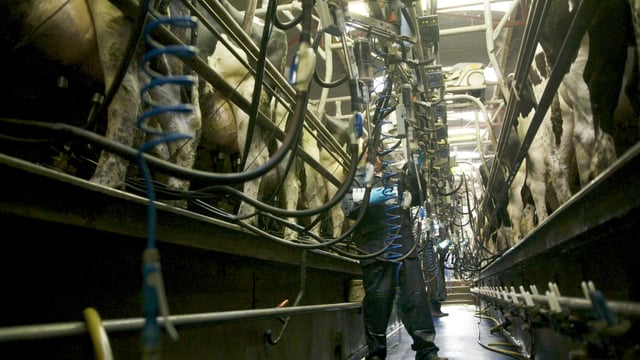Biomethane strategy: Concern raised over funding commitment
Following the publication of the new National Biomethane Strategy, one farm organisation has raised concerns that the initial funding commitment is "not enough to meet climate targets".
According to the strategy, the government will seek initial funding of €40 million to support early adopters of biomethane.
However, the Irish Farmers' Association (IFA) president Francie Gorman said that this will not be enough to develop the scale of a biomethane sector that would be required to meet the targets set out in the Climate Action Plan 2024.
"The government has a target of trying to produce 5.7 terawatt-hours (TWh) of biomethane through the construction of 200 anaerobic digestion (AD) plants by 2030. If the government is serious about this, it will require a lot more funding than €40 million.
"Countries such as Denmark have successfully developed a biomethane sector, but they committed multiples of this figure in funding," Gorman said.
"There are also other logistical issues that need to be ironed out, including the classification of the by-products, such as digestate," he added.
Gorman said that there is potential to develop an indigenous AD industry in Ireland, but that the discussion should be more inclusive of farmers.
According to the IFA president, a lack of farmer involvement in the conversation risks "a real danger that AD will become the preserve of big business".
These sentiments were echoed by IFA farm business chairperson Bill O'Keefe, who said that the biomethane strategy "has to be farmer led if it's to succeed".
"Given the scale of the investment required, incentives will be needed to convince farmers to participate," he said.
O'Keefe suggested that government-backed financing, similar to the lending arrangements provided by the Strategic Banking Corporation of Ireland (SBCI), should be provided to enable farmers to invest.
The National Biomethane Strategy says that it will be "agri-led and farmer-centric".
The strategy outlined 25 actions to develop and grow the biomethane sector here, which are divided into five 'pillars'.
The strategy says that the development of a biomethane sector will provide a number of benefits for the agri-sector here, such as reducing emissions from the sector. However, the strategy notes that most of the emissions savings from biomethane production will be counted in the energy sector, not the agri-sector.
While the agri-sector can’t benefit directly from the emissions savings from the biomethane sector, the strategy says that it will present an opportunity for livestock farmers to diversify their activities, reduce emissions from animal waste, and replace chemical fertiliser with biobased fertiliser.





